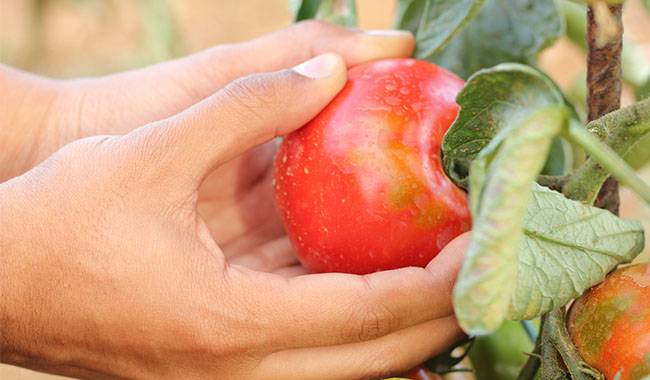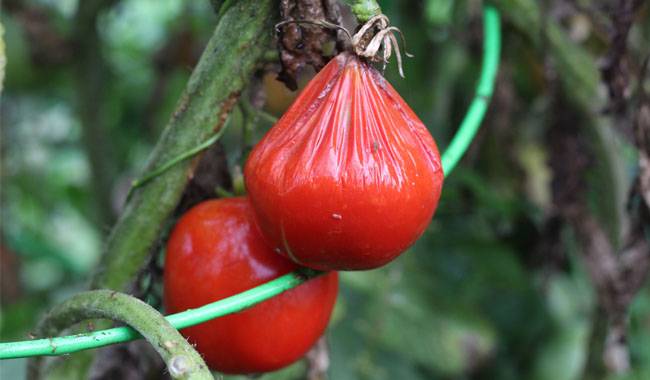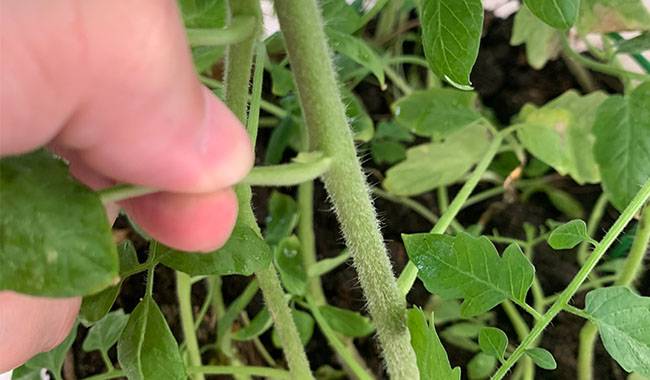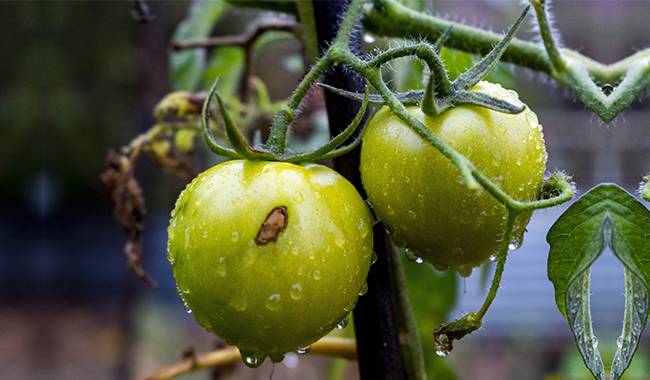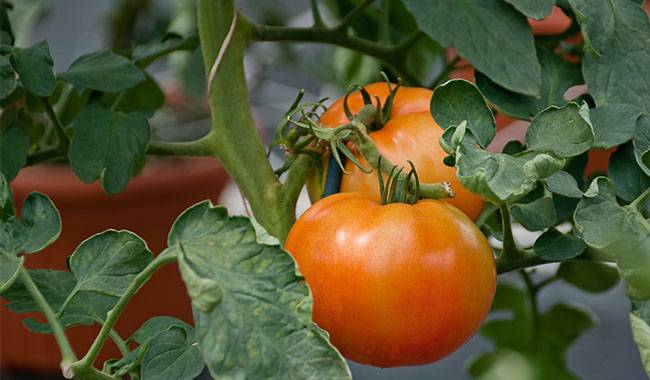
Some gardeners grow some indoor tomato varieties year-round and use their Tomato cutting seedlings for an early harvest. In fact, those who do not have a greenhouse will have to sow seeds in February and then plant them in trenches or trellises if they want to harvest tomatoes early. Of course, all of these methods are good, but growing seedlings from cuttings rather than from plant seeds are very promising.
ADVANTAGES OF EARLY TOMATO PLANTING
Many gardeners sow tomato seedlings in March-April for a bumper crop. Those who want to get an early harvest and record fruit weights or maximum yields per plant start planting seedlings of high-growing tomato varieties from early February, and in some cases – even in January.
With some experience, a series of transplants in spacious containers with elongated shoots can yield strong tomato bushes.
The first light conditions are not very favorable, but they are not the worst either: January already has a lot more sunny days than November and December.
In case of insufficient light, we recommend additional lighting of the seedlings. Plant lights are ideal. You can also use cheap fluorescents, but they will be much less effective.
And with a plant light, you can grow seedlings and other plants in any convenient place without any natural light. Even under raised beds! And the cost of purchasing the lights is offset by the high yield of quality seedlings.
Another important advantage of early sowing: more time in January (holidays) to thoroughly prepare the seeds and the planting itself. As a result, many people simply don’t have the patience to get started with seedlings.
And the biggest advantage of planting tomatoes early: early seedlings can be de-cropped and get twice as much planting material. To do this, the top shoots of well-developed plants are cut off and rooted in water.
And on the cut plants, one or two replacement shoots will grow from the axils and produce excellent fruit. So there is no need to worry that high-growth tomatoes will overgrow if planted early.
Keep in mind, however, that for defined varieties (i.e., they usually have a low bush type) whose growth is genetically limited, this technique will not work.
Their shoots and stems will also root properly, but yield very little due to the growth limitations. However, it should be taken into account that not all low-growing varieties are determinate.
WHY CUTTINGS OF TOMATOES?
Interestingly, seedlings growing from seeds are for a long time in the young “baby” stage, as botanists say. Therefore, flowering and fruiting are not possible.
We cut a cut from an adult plant that has already borne fruit. As its clone, it also receives the age of the mother plant, so only after rooting, it is already ready to flower and bear fruit.
The mother plant of tomatoes, from which I plan to take tomato cuttings, I grow on the windowsill in my room. The most suitable for this purpose are dwarf fat varieties of room tomatoes, some of which, not only give good tomato cuttings but also bear fruit perfectly in the room in winter.
Excellent grows in the room for many years and gives abundant cuttings of many cherry tomatoes. Especially its high-yielding varieties, but many simply do not have space. Therefore, usually, only a few shrubs are planted.
Nursery care for indoor tomatoes is commonly received from seeds and from tomato cuttings. Thirty-day-old sprouts are planted in pots with a diameter of at least 8inch (20 cm) or, even better, in containers (boxes).
They are cared for in the usual way: timely watering and feeding. If there are signs of phytophthora, I spray with biological agents. The first fruits of most varieties ripen in December. In the future, the flowers and fruits continue.
On tomato cuttings, I usually cut off only part of the stem and leave the rest on the mother plant, which is also planted in the soil in spring and at the same time of budding.
The tomato cuttings should be 2-2.8inch (5-7cm) in length, preferably with buds. The root easily in water and are placed in the water by the bottom 1.2-1.6inch (3-4 cm). roots appear after 3-5 days. It is not necessary to keep them in the water longer than this period.
Plant rooted tomato cuttings in the soil as soon as 0.2-0.4inch (0.5 – 1 cm) long rootlets appear. Do not allow long root growth to break off during planting as it often does. You can usually plant the rooted tomato plants directly under the netting in mid-April.
This way, one can get fresh tomatoes from the same plant throughout the year: first, plants grown indoors, then plants grown under a film cover and their cuttings, and after the cover is removed, plants grown in the open.




